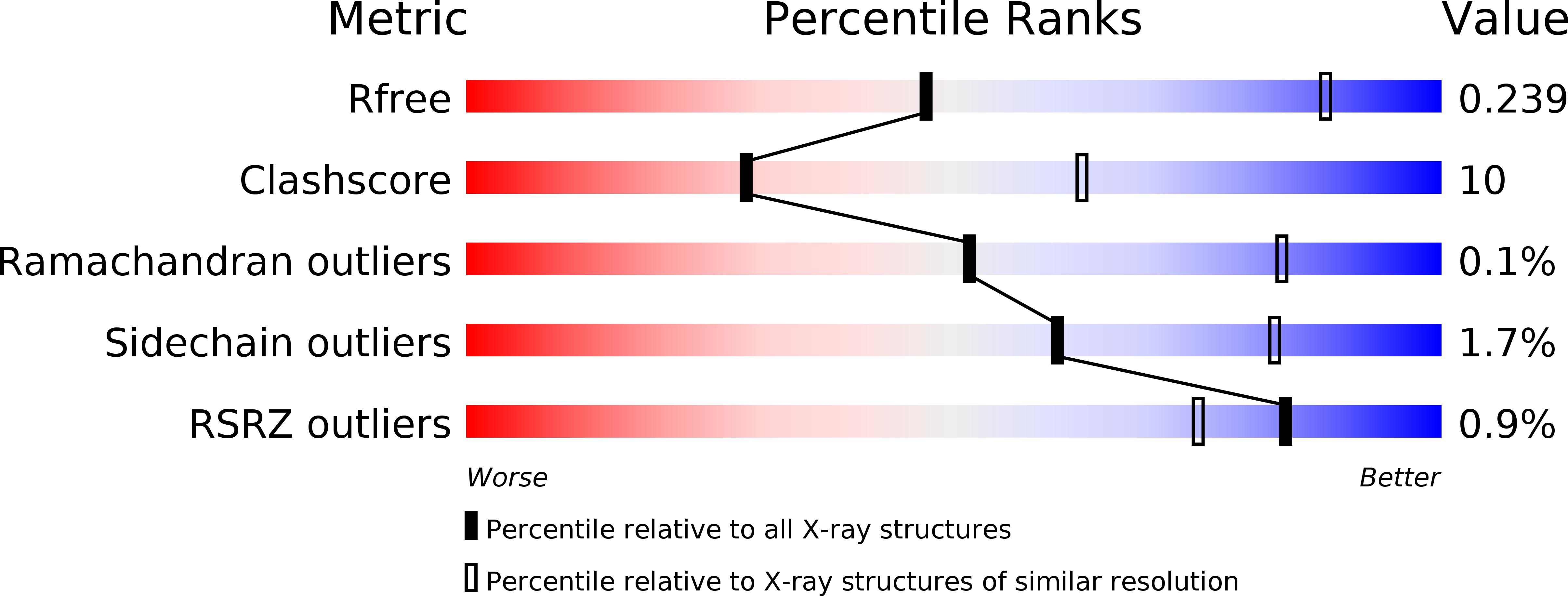
Deposition Date
2020-01-10
Release Date
2020-07-08
Last Version Date
2024-11-06
Method Details:
Experimental Method:
Resolution:
3.20 Å
R-Value Free:
0.23
R-Value Work:
0.21
R-Value Observed:
0.21
Space Group:
I 2 2 2


